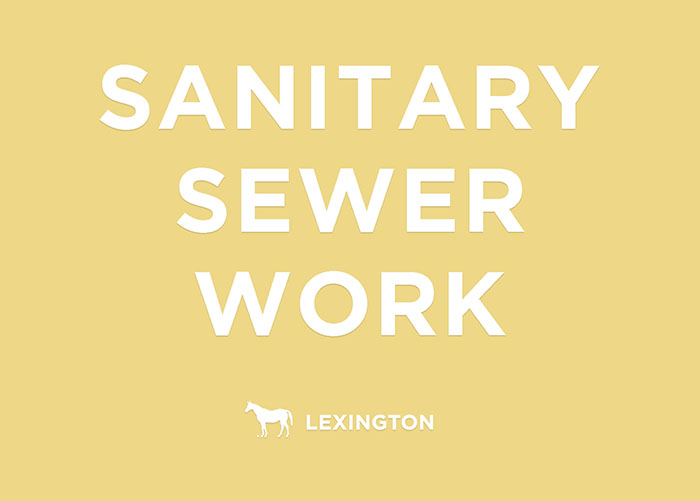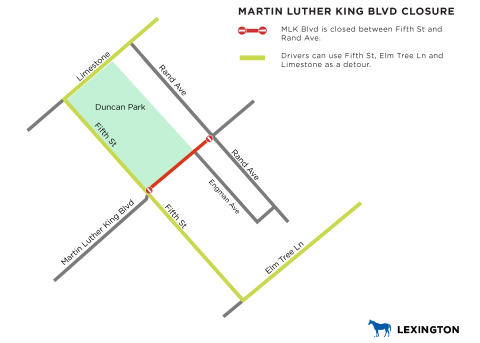
Residents on the streets listed below may see vehicles, work crews, and small equipment. Work crews will be wearing reflective vests and appropriate identification. Certain conditions may cause this schedule to change.
West Hickman 2 Council Districts 3, 4 and 8
Accord Dr
Alpine Ct
Belleau Wood Dr
Belvoir Dr
Big Bear Ln
Brook Farm Ct
Brookview Dr
Dicksonia Cir
Dicksonia Ct
Dicksonia Dr
Dove Creek Ct
Downing Pl
E Reynolds Rd
Emerson Woods Way
Flintridge Cir
Flintridge Dr
Forehand Ct
Granite Cir
Greenlawn Ct
Greenlawn Dr
Grove Ln
Jonestown Ln
Kimberlite Ct
King Arthur Cir
King Arthur Ct
King Arthur Dr
Lansdowne Dr
Lantern Creek Ct
Laredo Ct
Laredo Dr
Larkin Rd
Leawood Dr
Lidian Ct
Medlock Rd
Millcreek Dr
Mimosa Ln
Narrow Ln
Old Manse Ct
Old Tates Creek Ct
Old Tates Creek Pike
Ormond Cir
Parklawn Dr
Parliament Way
Plum Ln
Quail Run
Redcoach Trl
Redding Rd
Rhodora Ridge
Sugar Creek Dr
Tates Creek Centre Dr
Trails End
Trent Blvd
Troy Trl
Walden Dr
Warwick Ct
Warwick Dr
Waxwing Way
Wilhite Dr
Windgate Way
ABOUT THE PROGRAM:
Cleaning sewers is performed with a high pressure water stream through a hose using various nozzles appropriate for the type of sewer pipe cleaning (roots, grease, etc.). The debris washed from the pipe is collected at another manhole through a suction hose, or other means. The equipment used is called a Vactor (vac) truck and you may have seen them before or within your community.
During the cleaning process, sewer lines can develop air pressure or a partial vacuum from the cleaning process. Usually any excess air pressure or vacuum will dissipate through the plumbing vents. But occasionally in some cases air pressure could escape through the toilet, floor, sink, tub or shower drains, causing water to splash out or, a vacuum could draw the water out of the fixture traps causing and unpleasant odor. This is called a “blow-back.”
What can I do to prevent “blow-back” into my home when cleaning is being performed in nearby sewers?
To minimize the chance of “blow back” cover all floor drains with plastic and place a weight on the plastic, cover all toilets with plastic and close the lid on the plastic, and for odor, run water into each drain to refill the traps.
The actual cleaning process from manhole to manhole does not take too long although you may see equipment in the area for longer periods due to equipment set up and tear down. The cleaning that could affect your home should not be longer than a few hours.
What to do if you experience a “blow-back”?
As an important first step, please immediately contact LFUCG operators at 311. This will initiate an investigation that will involve a crew foreman from the contractor (or designee) visiting your home to confirm if cleaning was the cause. If necessary the contractor will provide prompt and thorough clean up. This will require the removal of any debris, the cleaning of surfaces with a soap solution and the disinfection of hard surfaces with a diluted household bleach/water solution. Regular household cleaning products are all that is needed. Rubber gloves are recommended.
Typically, recovery from a ‘blow back’ event is simply a matter of removing any debris and the cleaning of toilets, sinks, baths, showers, that may have been impacted. You may then continue normal use.



